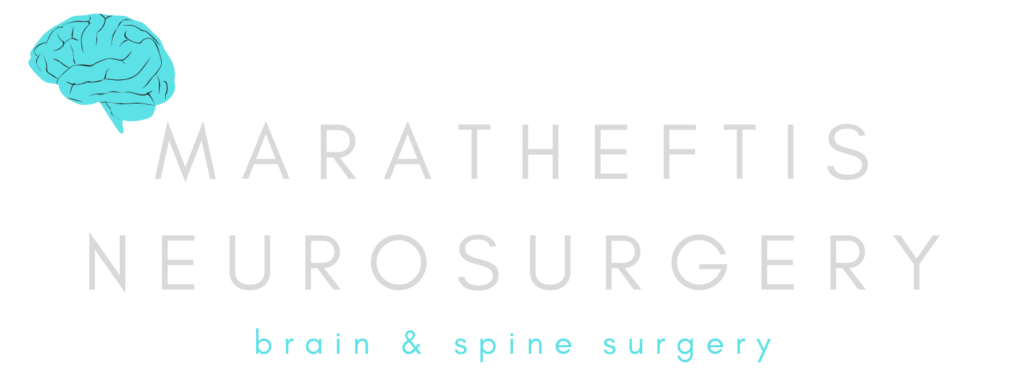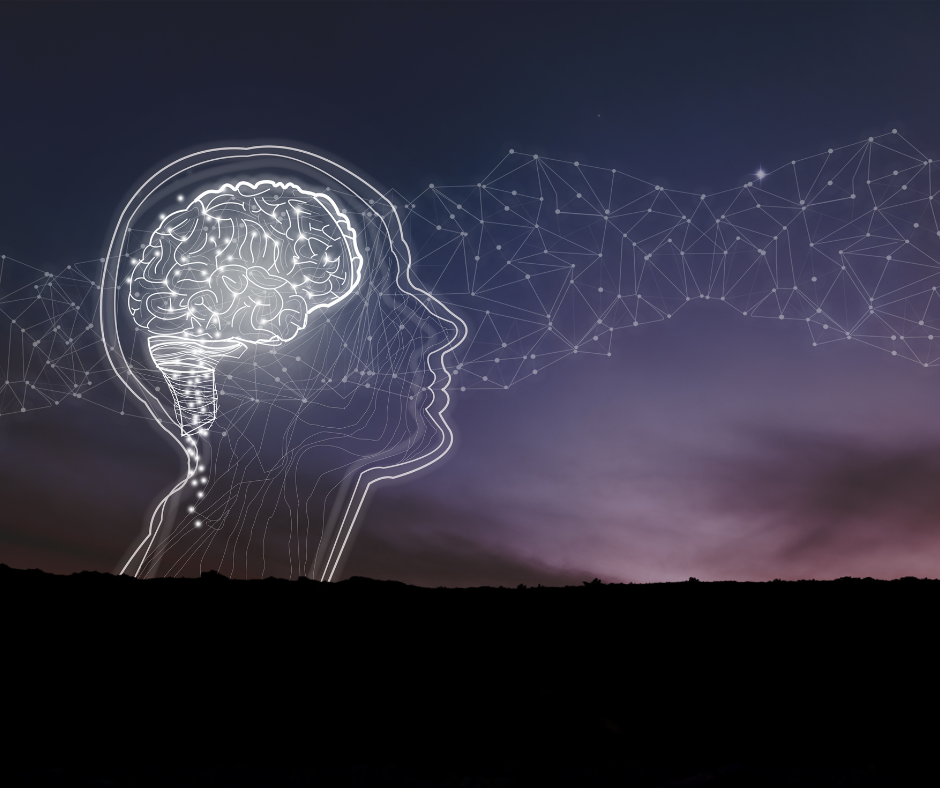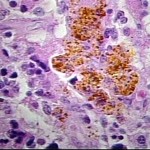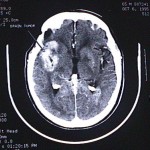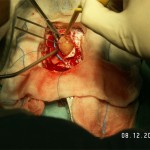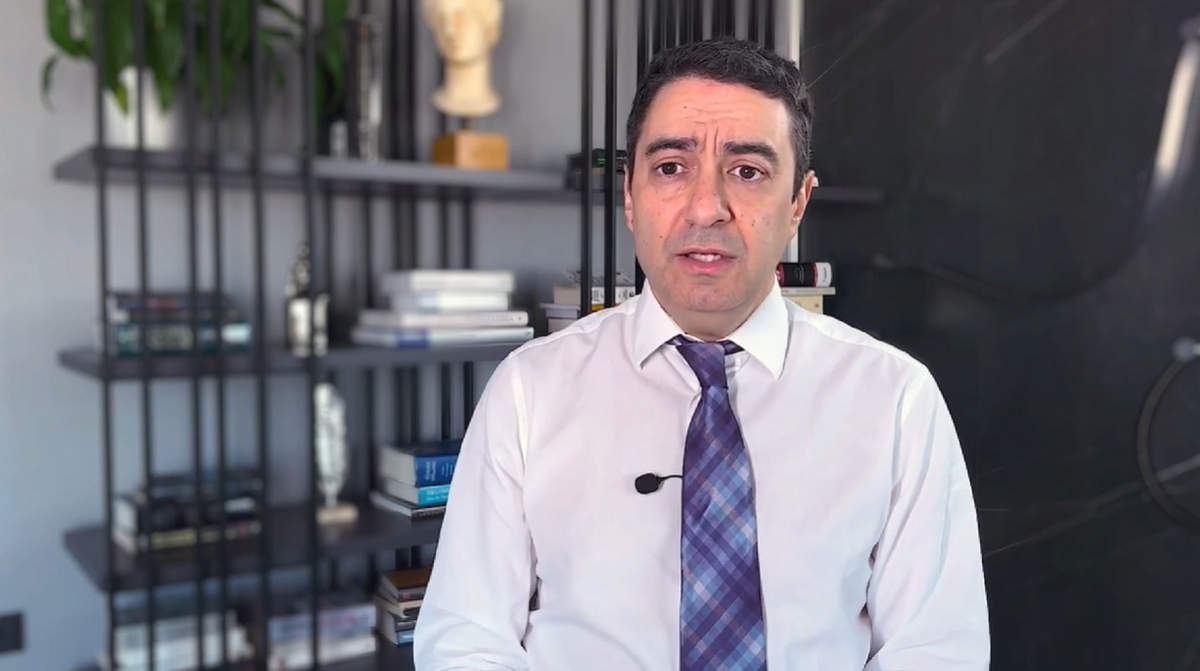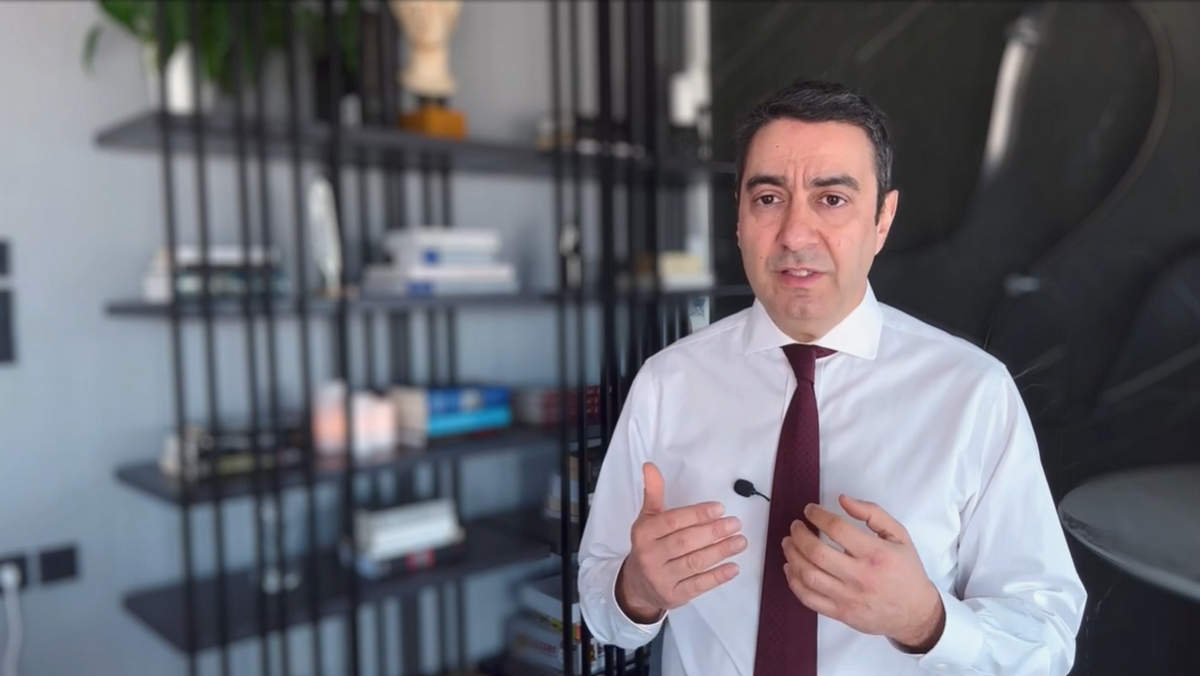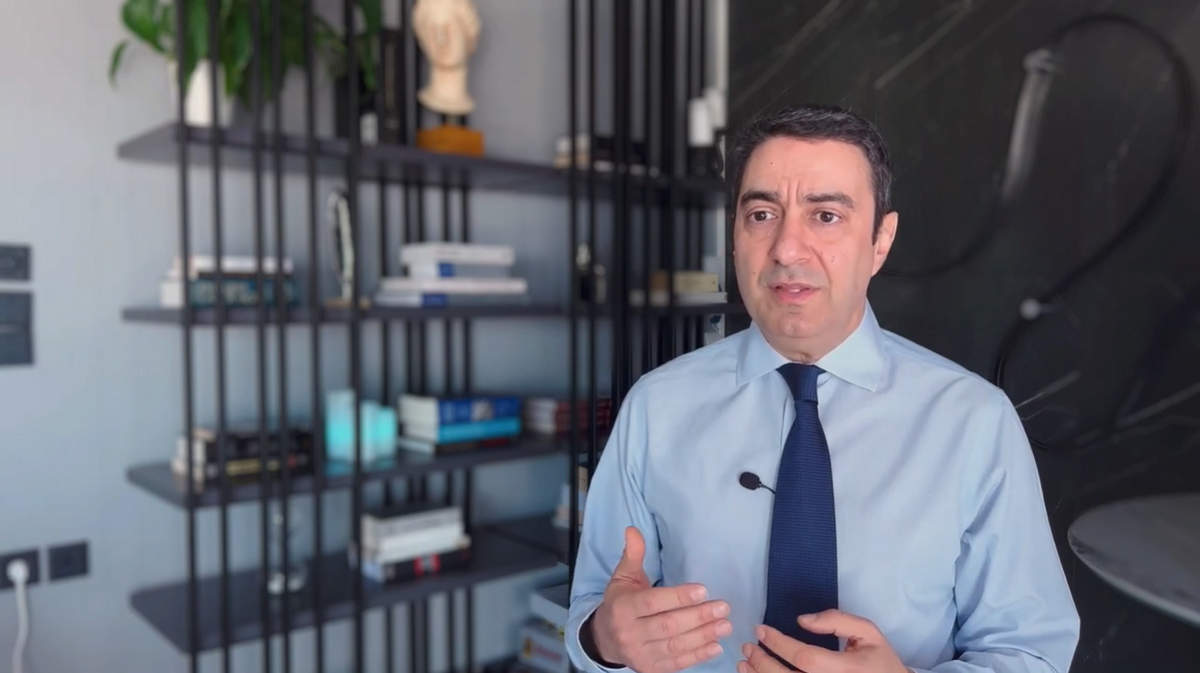Astrocytomas (or gliomas)
Astrocytomas are tumors that come from cells in the brain called astrocytes (due to their star shape). They are the most numerous cells in the brain, and their role is to support the nerve cells, to serve the nerve serves in terms of their energy, to facilitate their communication and they probably also play a role in higher functions, such as learning and memory. When they multiply out of control they form a tumor, called astrocytoma. These tumors do not metastasize to other areas of the body. They develop only in the brain and spinal cord.
There are different degrees of malignancy involved in these tumors. Unfortunately, the most malignant are the most common. They are called glioblastomas (Grade 4). Grade 3 anaplastic gliomas are also malignant. The other astrocytomas (Grade 1 and 2) may remain relatively non-aggressive for several years, but at some point they also become more malignant. There are other categories with a better prognosis, such as pilocytic astrocytomas, which are more common in children, and have a better prognosis since they can be completely cured if completely removed.
Although astrocytomas (or gliomas) do not metastasize, they are malignant because they have no clear anatomical boundaries, but they spread through the nerve pathways into the brain; this makes it impossible to completely remove them. In fact, they are often found in areas of the brain with very important functions, so they cannot be removed because the surgery would cause very severe neurological disabilities. Therefore, they cannot be treated surgically. They are the most common primary tumors of the brain.
The cause of astrocytomas is unknown. They are not considered hereditary; there is no environmental factor or pollutant clearly proven to cause them.
Symptoms
The most common symptom is headache, due to increased intracranial pressure. This headache is usually stronger in the morning and may be accompanied by vomiting, no nausea. Seizures, and mild symptoms such as personality change, difficulty concentrating, weakness on one side of the body, or unexplained malaise, may also occur. There may be symptoms of vision disturbance (blurring, diplopia)
If a patient develops these or similar symptoms that cannot be explained otherwise, a CT scan or MRI scan is required. Although malignant astrocytomas have some imaging characteristics, a definitive diagnosis can only be made by biopsy. The treatment depends on the stage of the tumor.
Treatment
There is no definitive cure for astrocytomas. Treatment may be conservative or surgical. Radiation therapy or chemotherapy may be used in some cases. If it is possible to combine these three treatments, the best possible result is ensured. However, the average survival in type 4 astrocytomas is one year, in type 3 it is 2-3 years, in type 2 it is 7-8 years and in type 1 it is 8-10 years.
Gene therapy has provided some new hope for cure. Due to the invasive nature of astrocytomas, no matter how evolved is a surgical technique, it could never provide the solution. Gene therapies will provide individualized therapies (such as vaccines specific to each patient), which, in combination with existing methods, could some day successfully treat astrocytomas. There is a very intensive laboratory and clinical research in this field, and we can expect spectacular results within the next 5-10 years.
